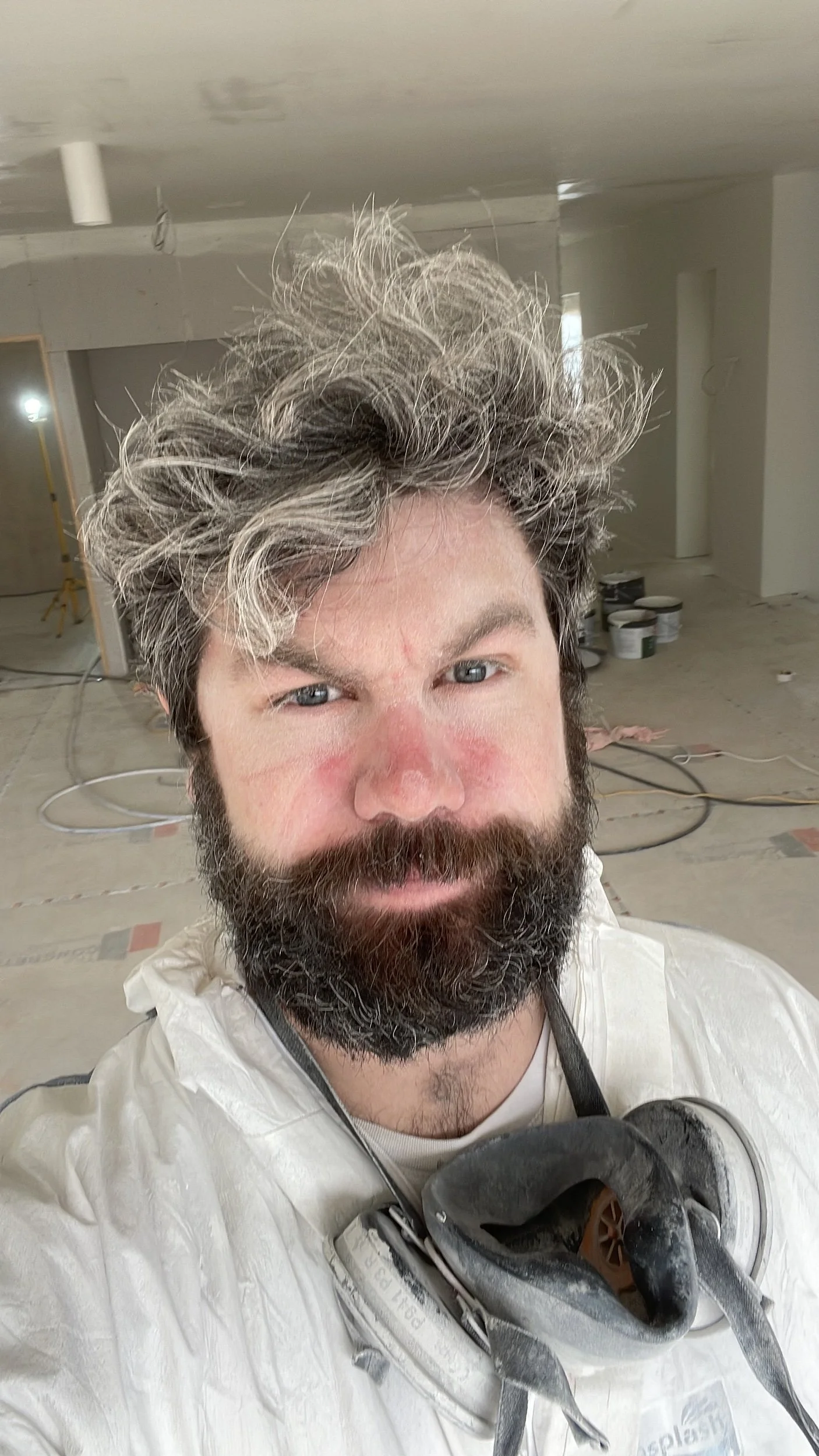Contaminated surfaces
When it comes to painting surfaces, achieving a flawless finish requires more than just quality paint and brushes. One of the most common challenges faced by painters is dealing with contaminated surfaces, which can lead to issues like paint separation, cracking, and fish-eye. Understanding the causes behind these problems and learning how to overcome them is essential for any successful painting project.
Causes of Contamination:
Contaminated surfaces can result from various substances, including silicone, oil, wax, and other contaminants present on the surface. These contaminants often go unnoticed but can wreak havoc on the paint's adhesion and appearance.
Silicone, for example, is a notorious culprit that can be found in many household products, such as cleaning agents and polishes. When present on a surface, silicone creates a barrier that prevents paint from properly adhering, leading to issues like fish-eye, where the paint forms small craters or bubbles as it dries.
Similarly, oil and wax residues from previous treatments or environmental exposure can also disrupt the paint's adhesion, causing it to separate or crack over time. These contaminants create a slippery surface that inhibits the paint from forming a strong bond with the substrate.
Effects of Contamination:
Contaminated surfaces can manifest various issues during and after the painting process:
Paint Separation: Contaminants create a barrier between the paint and the surface, leading to poor adhesion and eventual separation of the paint film from the substrate.
Cracking: Inadequate adhesion caused by contamination can result in the paint film cracking or flaking off, especially when exposed to environmental stressors like temperature fluctuations or moisture.
Fish-eye: Silicone contamination, in particular, can cause fish-eye, where the paint forms small crater-like imperfections as it dries, ruining the smooth finish of the surface.
Overcoming Contamination:
To overcome contamination issues and ensure a successful painting outcome, several steps can be taken:
Sanding Back: Begin by thoroughly sanding the surface to remove any existing paint, contaminants, or imperfections. Use a medium-grit sandpaper to create a rough texture that promotes better paint adhesion.
Blocking Stains: After sanding, apply an appropriate stain-blocking primer to seal the surface and prevent any remaining contaminants from affecting the new paint. Choose a primer specifically designed to block stains and promote adhesion on problematic surfaces.
Repainting: Once the primer has dried, proceed with repainting the surface using high-quality paint and brushes. Apply multiple thin coats rather than one thick coat to ensure even coverage and minimize the risk of contamination-related issues.
Preventative Measures: To avoid future contamination issues, take preventative measures such as thoroughly cleaning and degreasing surfaces before painting, avoiding the use of silicone-based products in the vicinity of painted surfaces, and regularly inspecting and maintaining painted areas.
Conclusion:
Contaminated surfaces pose significant challenges in the painting process, often leading to issues like paint separation, cracking, and fish-eye. Understanding the causes behind these problems and implementing appropriate solutions, such as sanding back, blocking stains, and repainting, is crucial for achieving a professional and long-lasting finish. By taking proactive steps to identify and address contamination issues, painters can ensure the success of their projects and deliver results that meet both aesthetic and functional requirements.


